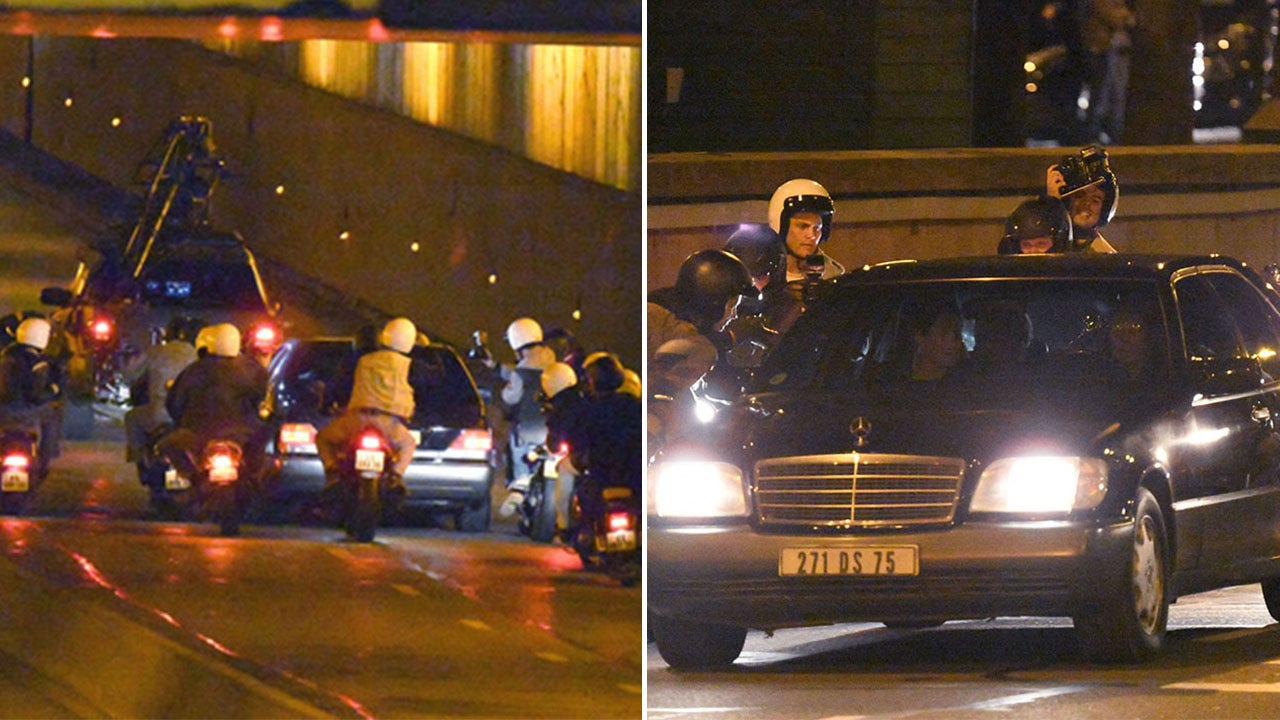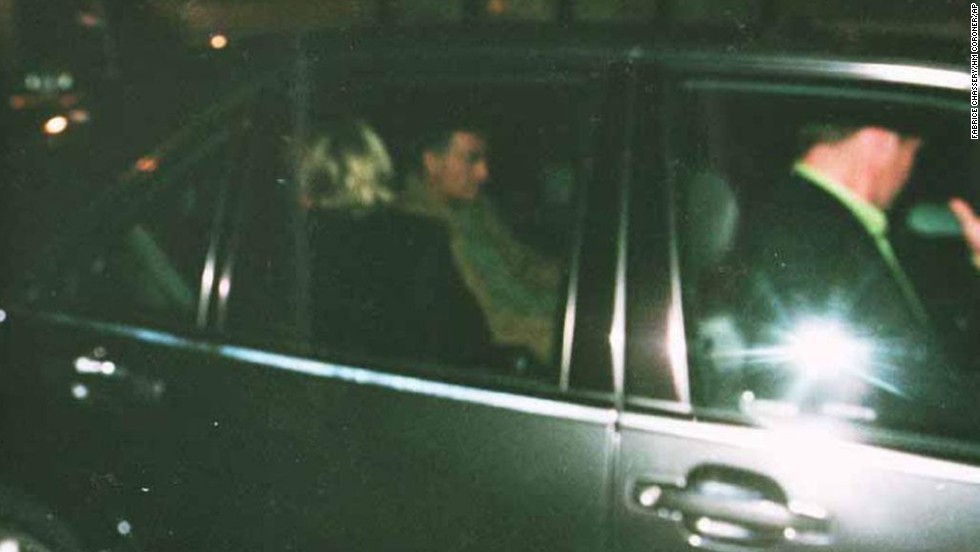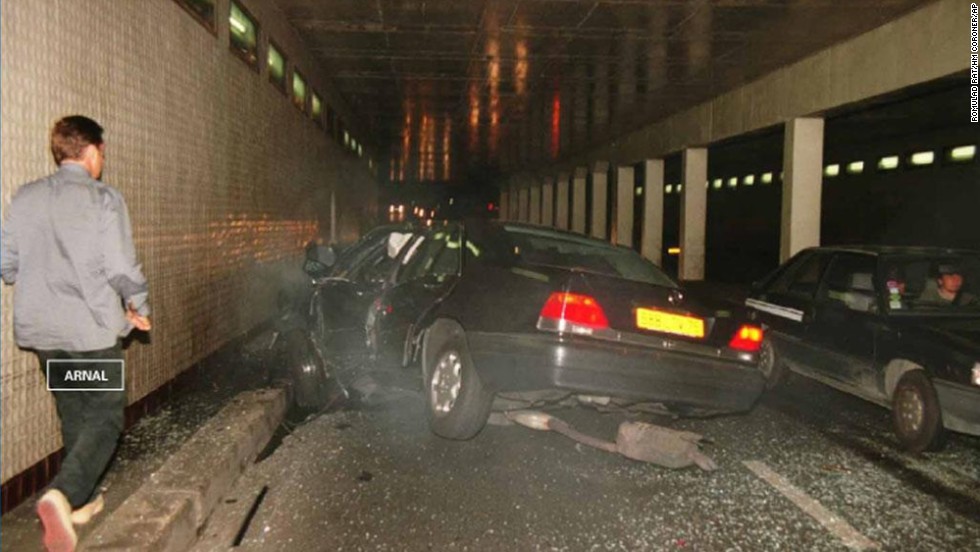Diana Car Crash Pic: A Comprehensive Analysis And Historical Context
Princess Diana's car crash remains one of the most tragic and widely discussed events in modern history. The images and stories surrounding the accident have left an indelible mark on the public consciousness. This article delves into the details of the crash, examining its causes, consequences, and the media's role in shaping public perception.
The car crash involving Princess Diana on August 31, 1997, was a shocking event that sent shockwaves around the world. The tragedy not only brought immense grief to millions of her admirers but also sparked debates about media intrusion and personal privacy. Understanding the circumstances surrounding the accident is crucial to appreciating its historical significance.
Through this article, we aim to provide a detailed analysis of the events leading up to the crash, the aftermath, and the lasting impact on global media coverage of high-profile individuals. We will also explore the ethical implications of disseminating images related to such tragic incidents.
Read also:Jameliz Benitez A Rising Star In The Entertainment Industry
Table of Contents
- Biography of Princess Diana
- Details of the Diana Car Crash
- The Role of Media in the Crash
- Public Reaction to the Crash
- Ethical Issues Surrounding Diana Car Crash Pic
- Investigation and Findings
- Consequences of the Crash
- Memorials and Tributes
- Lessons Learned from the Tragedy
- Conclusion
Biography of Princess Diana
Princess Diana, born Diana Frances Spencer on July 1, 1961, was a member of the British royal family and a global icon. Her life and legacy continue to inspire millions worldwide.
Early Life and Background
Princess Diana was born into an aristocratic family and grew up in Norfolk, England. She became the first wife of Prince Charles, heir to the British throne, in 1981. Their marriage was widely celebrated, capturing the attention of millions globally.
Biodata of Princess Diana
| Full Name | Diana Frances Spencer |
|---|---|
| Birth Date | July 1, 1961 |
| Place of Birth | Sandringham, Norfolk, England |
| Marriage | Prince Charles (1981-1996) |
| Children | Prince William and Prince Harry |
Details of the Diana Car Crash
The car crash involving Princess Diana occurred in the Alma Tunnel in Paris, France, on August 31, 1997. The vehicle, a Mercedes-Benz S280, was traveling at high speed when it collided with a pillar inside the tunnel.
Causes of the Accident
- High-speed driving: The car was reportedly traveling at over 100 km/h.
- Paparazzi pursuit: The driver, Henri Paul, was attempting to evade pursuing photographers.
- Alcohol consumption: Henri Paul was later found to have been under the influence of alcohol.
The Role of Media in the Crash
The media played a significant role in the events leading up to the crash. Paparazzi were relentless in their pursuit of Princess Diana, contributing to the high-speed chase that ultimately resulted in the tragedy.
According to a report by the French judicial inquiry, the relentless pressure from the media was a critical factor in the accident. The photographers' aggressive behavior has been widely criticized, raising questions about journalistic ethics.
Public Reaction to the Crash
The death of Princess Diana sparked an outpouring of grief across the globe. Millions mourned her passing, attending memorials and leaving flowers at locations associated with her life.
Read also:How To Do Intext Citations Apa The Ultimate Guide For Students And Researchers
Public reaction was not limited to expressions of sorrow. Many also questioned the media's role in the tragedy, leading to increased scrutiny of journalistic practices and calls for greater respect for personal privacy.
Ethical Issues Surrounding Diana Car Crash Pic
The dissemination of images related to the Diana car crash pic raises significant ethical concerns. While some argue that the public has a right to know, others believe that such images should remain private out of respect for the victims and their families.
According to the BBC, the release of crash-related images was met with widespread condemnation. Ethical guidelines for media coverage of tragic events continue to evolve, emphasizing the need for sensitivity and discretion.
Investigation and Findings
An extensive investigation into the crash was conducted by French authorities. The inquiry revealed several key findings:
- The driver, Henri Paul, was found to have been under the influence of alcohol.
- The car was traveling at excessive speeds, likely due to the pursuit by paparazzi.
- Princess Diana and her companions were not wearing seat belts, contributing to the severity of their injuries.
The investigation concluded that the crash was caused by a combination of reckless driving, alcohol consumption, and the pressure exerted by the media.
Consequences of the Crash
The Diana car crash had far-reaching consequences, both personally and globally. The tragedy led to significant changes in media practices and public perceptions of celebrity privacy.
According to a report by The Guardian, the crash prompted the British Parliament to pass legislation aimed at protecting individuals from intrusive media practices. The Protection from Harassment Act 1997 was one such measure, reflecting the growing concern over media ethics.
Memorials and Tributes
In the years following her death, numerous memorials and tributes have been dedicated to Princess Diana. These include the Diana, Princess of Wales Memorial Fountain in Hyde Park, London, and various charitable initiatives in her name.
Her legacy continues to inspire acts of kindness and compassion worldwide, with many organizations carrying forward her commitment to humanitarian causes.
Lessons Learned from the Tragedy
The Diana car crash serves as a poignant reminder of the importance of responsible journalism and respect for personal privacy. The tragedy has led to increased awareness of the ethical implications of media coverage and the need for balanced reporting.
As noted by The Telegraph, the incident highlighted the dangers of media intrusion and the potential consequences of unchecked pursuit of celebrities. It also underscored the importance of adhering to ethical standards in journalism.
Conclusion
The Diana car crash pic remains a powerful symbol of the tragedy that unfolded on that fateful night in Paris. This article has explored the details of the crash, the media's role, and the lasting impact on public perceptions of celebrity privacy.
We invite readers to reflect on the lessons learned from this tragedy and to engage in discussions about responsible media practices. Your thoughts and opinions are valuable, so please leave a comment or share this article with others who may benefit from its insights. Together, we can honor Princess Diana's legacy by promoting a culture of respect and compassion.


